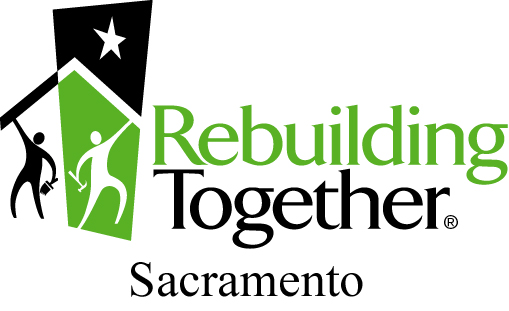The Need for Rebuilding Together Sacramento
Preserving Affordable Housing
Preserving the history and intergenerational wealth of our neighborhoods is vital to our community’s immediate and future health.
It’s estimated that 22% of Americans cannot afford basic necessities after paying for housing —potentially causing them to choose between vital necessities, such as food or medicine, or a roof that doesn’t leak.
There are 5.5 million American homeowners who are not only low-income but also elderly – and half of them spend more than 40% of their income on housing needs – even as their homes crumble around them.
Sacramento, once a leader in producing affordable housing, is now impacted by aging housing and the rising cost of living. 57% of the housing stock is over 30 years old and thousands of homes are considered substandard. The median priced home is only affordable to 8% of the Sacramento population.
Homeownership and equity offer a valuable asset in terms of the potential for older adults, particularly those who are low-income, to age in place. People who own their own home aren’t subject to rent increases or residential management changes. Maintaining, repairing or retrofitting their homes with safety and accessibility features is a cost-effective alternative to relocation, and to ongoing preservation of historic neighborhoods.
Health and Safety
The fastest-growing segment of the Sacramento area population – adults aged 65 and older is expected to increase at a disproportionately high rate over the next 40 years when compared to other age groups.
Unfortunately, as people age, their home is no longer suitable for mobility resulting in a significant number of falls and injuries. One in three persons 65 and older falls every year and 50% of those falls occur in the home. Fall-related injuries cost over $19 billion per year in healthcare costs in the United States.
There are great concerns among service providers and policy makers about the region’s ability to meet the housing needs of an aging population.
Modifying a home with safety and accessibility features is a cost-effective alternative to falls or relocation. Accessibility modifications, such as wheelchair ramps and grab bars, can decrease the number of in-home falls by 50%.
Environmental
Older homes are typically energy inefficient due to drafty windows, poor lighting, old appliances, non-drought resistant landscaping and an excess of garbage. Low-income households spend an average of 14% of their income on energy, versus 3.5% in most other households.
Rebuilding Together Sacramento addresses energy issues by incorporating “green” activities into the home repair jobs. SMUD is a partner in providing performs weatherization audits and other services to our clients. Whenever possible, we incorporate other energy-saving repairs into the work scope including, but not limited to:
- Smart Land Use: drought-resistant landscaping and trash removal
- Water Conservation: water conserving appliances and fixtures
- Energy Efficiency: ENERGY STAR-rated appliances and incandescent light bulbs with CFLs, weather stripping, and roof repairs.
These minor improvements can increase comfort in the home, help lower a homeowner’s utility use, and reduce greenhouse gasses by up to one ton per home annually.
